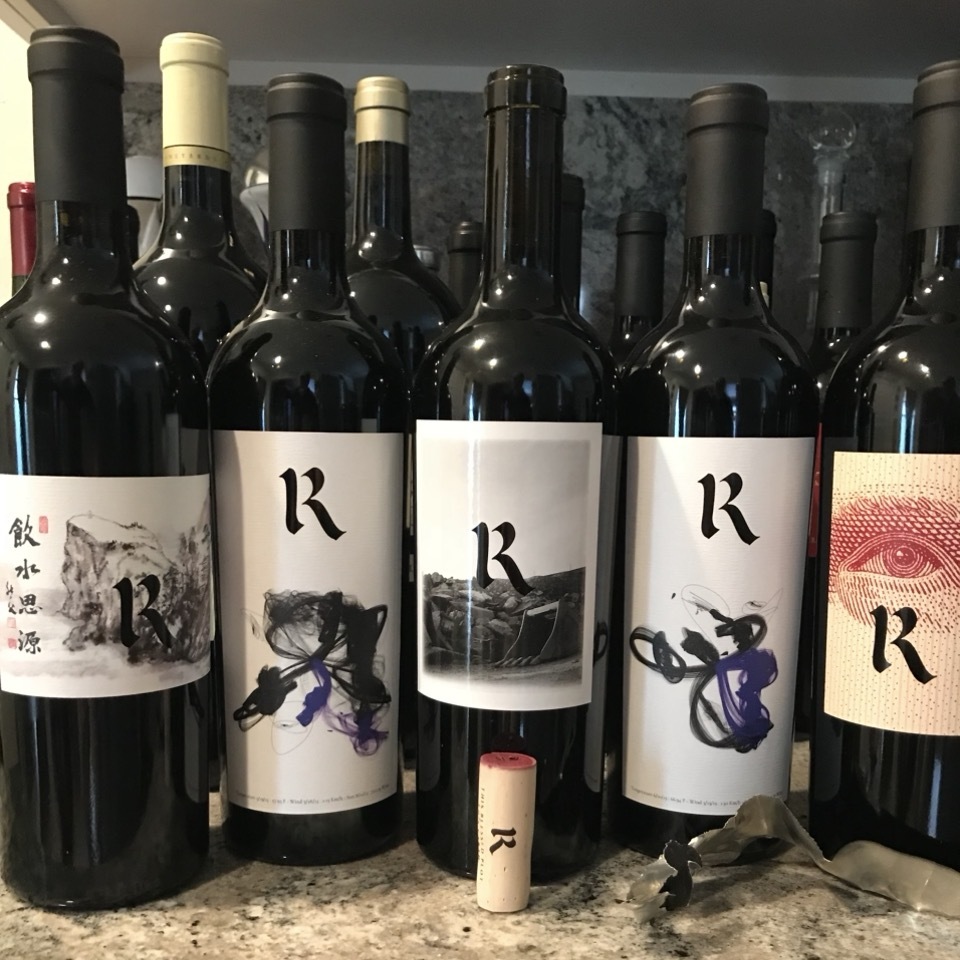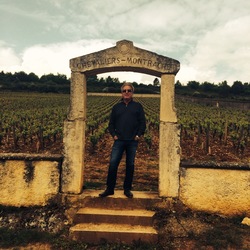St. Elmo Village
Château Tertre Daugay
St. Émilion Red Bordeaux Blend 2005
Nice bottle for $50.00, decant an hour so & you’re set
Info I found on the dark web as follows,
This property possesses 16 hectares of vines (60% Merlot and 40% Cabernet Franc) and was purchased in 1978 by Comte Léo de Malet Roquefort, the owner of Château La Gaffelière. In June 2011 it was acquired by the Clarence Dillon group, which also owns Haut-Brion and La Mission Haut-Brion. Its new owner decided to rename the property, starting with the 2011 vintage. Château Tertre Daugay, the fifth cru classé to be acquired by the Clarence Dillon group, became Château Quintus.The property is located on a high promontory that forms the edge of the Saint Emilion plateau. It commands a panoramic view far into the distance of the surrounding villages and the Dordogne Valley. It is here that, since time immemorial, a watchtower has stood to guard the village of Saint Emilion. The exceptional microclimate is due to the area's diversity in terms of soil, slopes and orientation. Consequently, it comes as no surprise that in 1844 and 1848 the wine was among the 14 most sought-after and expensive in Saint Emilion. For nearly a century, Bordeaux et ses Vins, the standard reference work produced by Cocks and Féret, listed the property as a Saint Emilion Premier Cru. The property was also one of the prestigious vineyards in Saint Emilion to win a gold medal at the Paris Universal Exhibition of 1867. — 3 years ago
Domaine Henri Gouges
Nuits St. Georges Pinot Noir 2020
Not like the Gouges of old. Supple, round, and approachable with a lick of fine tannin at the end. Simple and more bourgogne level than Village. — 2 years ago
Domaine Michel Gros
En la Rue de Vergy Morey St. Denis Pinot Noir 2016
Pop and 1 hr slow ox before tasting. On the nose: denser and more tightly wound than the 17, but still darn good: soft earth, a suggestion of coffee toast, black raspberry, soft spiced plum. On the palate: fantastic acidity, blackberry, strawberry leaf, soft, but very bright coffee notes, and finely grained tannin on the finish. This is a village wine, but it definitely seems structured to improve with some short term aging. Yum. — 4 years ago
Domaine Georges Roumier
Chambolle-Musigny Pinot Noir 2017
Les dégustations me manquent…. Alors seul à la maison avec Laurence on se fait une petite dégustation à l’aveugle de 4 bourgognes village
2017.
fruit assez pur au nez, un mélange de fraises
des champs, cerise, griottes avec un mélange d’épices et de roses Une bonne structure avec une belle attaque en bouche. Longueur moyenne.
Mon ordre de préférence
Perrot Minot La Justice des Seuvrées
Bruno Clair Chambolle Musigny Les Veroilles
Roumier Chambolle Musigny
Ponsot Morey St-Denis Cuvée des Grives — 5 years ago
Thibault Liger-Belair
La Charmotte Nuits St. Georges Pinot Noir 2019
Yesterday, Stage 7 of this years Tour de France was an exciting Time Trial through a famous section of the Côte-d’Or. The riders started in the village of Nuits-Saint-Georges and finished just up the road in Gevrey-Chambertin. Naturally, I felt compelled to open this beauty from Thibault Liger-Belair. “La Charmotte” is a tiny, 0.40ha (basically a single acre) vineyard right on the border of the 1er crus of Argilats and Bousselots that was planted in 1962.
Popped and poured; enjoyed over the course of six hours. The 2019 “La Charmotte” pours a deep, slightly hazy ruby, thanks to some fine sediment. But otherwise a transparent core with medium viscosity and no staining of the tears. On the nose, the wine is developing with gorgeous, perfectly ripened strawberries and raspberries, cranberries, exotic spices, a radical assortment of red flowers, porchini and soft baking spices. On the palate, the wine is dry with medium tannins and medium+ acid. Confirming the notes from the nose. The finish is medium+ and super satisfying.
A touch of Vosne-Romanée with the skeleton of Nuits-Saint-Georges, this is a serious village wine with impeccable texture. For all the super nerds out there, Thibault uses 40% whole cluster for this wine, aged 18 months in French oak barrels, less than half of which are new. Drink now through 2034 easy.
— a year ago
Antoine Lienhardt
Les Charmois Nuits-St.-Georges Pinot Noir 2019
Deeper and riper than many a #pinotnoir from #burgundy but this is so precise and so fine. I was really surprised by the amazing quality of a #village wine. — 4 years ago
Château Barde-Haut
Saint-Émilion Red Bordeaux Blend 2014
Chateau is a 17 hectare estate located at the extreme east of the village of Saint-Emilion. A blend of about 88% Merlot and 12% Cabernet Franc with rich aromas of red fruits and cedar spice. On the palate flavors of black cherry, currants and blackberry with notes of licorice, tobacco and leather noting toasty notes. Fine tannins, long finish ending with fruit and toasty character. Very Nice. Drinking well now! — 4 years ago










Gregory Fulchiero
Well made village NSG. Ripe red fruit, cinnamon, herbs de Provence, and sweet incense. — 9 months ago